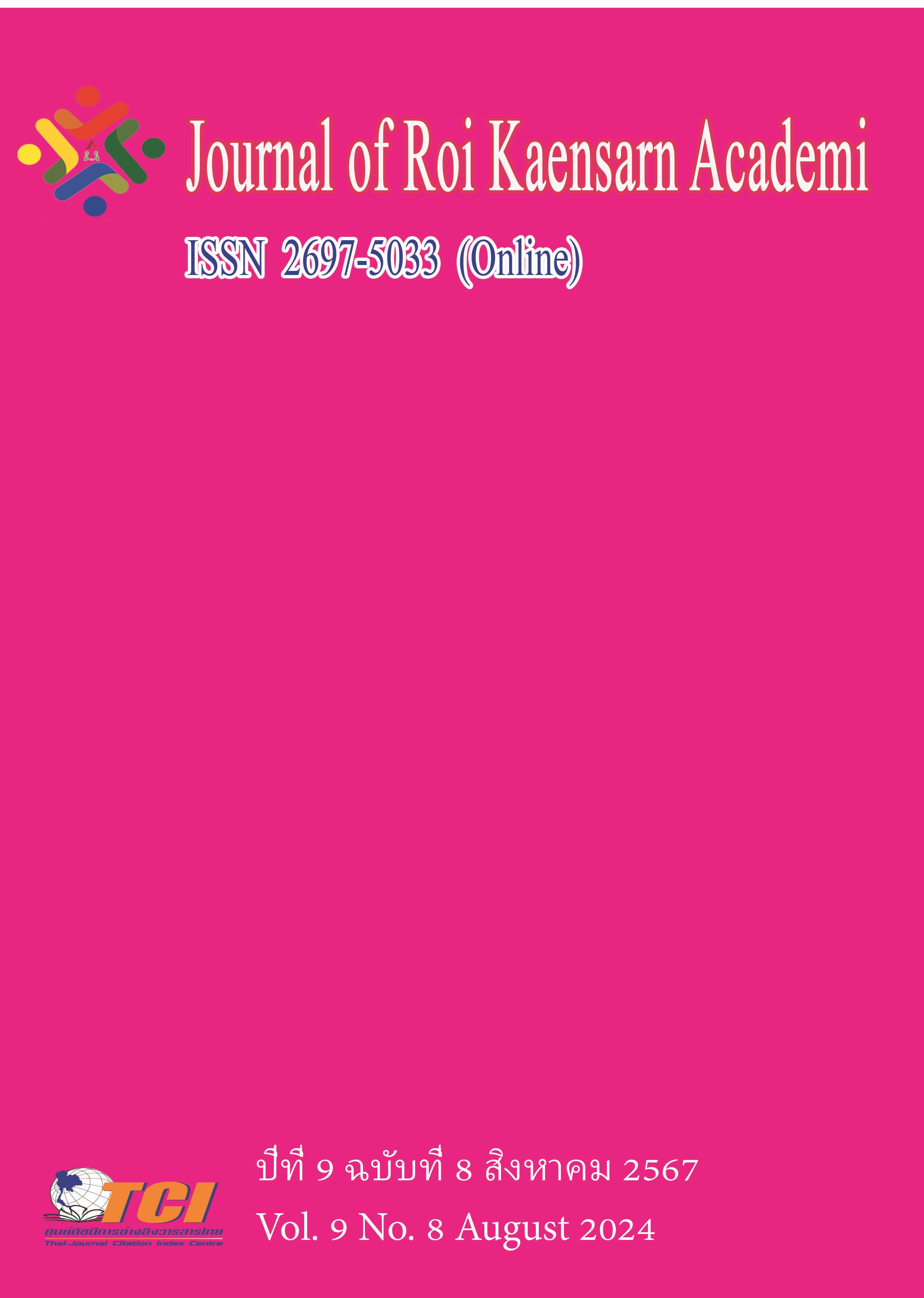The Research on Chinese International Communication Strategies Based on the Diffusion of Innovations Theory: The Case of Confucius Institutes in Thailand
Main Article Content
บทคัดย่อ
This study explores Chinese international communication strategies based on the perspective of the diffusion of innovations theory. Adopting the questionnaire survey method and the interview method, five representative Confucius Institutes in Thailand were selected as case studies, and 129 valid questionnaires were collected based on the distribution and the number of Chinese learners using stratified sampling. At the same time, 20 international Chinese teachers and 5 experts in the field of Chinese international communication were selected for semi-structured interviews, which were mainly conducted in the form of a combination of face-to-face offline interviews and online interviews such as WeChat and emails. We investigated and understood the current situation of Chinese communication in Confucius Institutes in Thailand, fully considered the influence of factors in the communication environment, and combined with the theoretical framework of diffusion of innovations to summarize the main factors affecting the international communication of Chinese in Confucius Institutes in Thailand. The results of the survey found that Chinese international communication has appeared the characteristics and trends of popularization of communication subjects, diversification of communication contents, diversification of communication targets, digitalization of communication channels, and complexity of communication motives. Based on the theory of diffusion of innovations and the analysis of the current situation of communication, we have come up with the suggestions on the strategy of Chinese international communication: expanding the main body of communication and opening up the pattern of communication; selecting high-quality content and enhancing the value of communication; identifying the audience of communication and enhancing the efficiency of communication; enriching the channels of communication and accelerating the speed of communication; and perfecting the system of communication and optimizing the effect of communication.
Article Details
เอกสารอ้างอิง
Li, Baogui. (2019). A study on Xi Jinping's important discourse on language communication and its implications for the international communication of the Chinese language. Journal of Northeast Normal University (Philosophy and Social Science Edition), (300), 101-108.
Li, Baogui and Shang, Kexiao. (2018). "New Opportunities, New Challenges and New Actions of Chinese Language International Communication in the Context of Belt and Road". Journal of Liaoning University ( Philosophy and Social Science Edition), (2), 121-130.
Liu, Yannan and Liu, Shuang. (2018). Constructing the index system of international communication effect evaluation: framework, methods and problems. Modern Communication, (265), 9-14.
Lu, Jianming. (2013). Several issues in the international dissemination of Chinese language. Chinese language teaching and research, (51), 1-4.
Wang, Hui. (2019). Theoretical exploration of language communication. Language and Literature Application, (2), 20-28.
Wu, Yinghui. (2010). Discussion on the construction of the discipline of international Chinese language teaching and research on the international dissemination of Chinese language. Language and Literature Application, (3), 35-42.
Wu, Yinghui, Yangqing, Liang Yu, and Li Zhiling. (2013). Thailand's Chinese language dissemination model is worthy of the world's reference - Thailand's rapid Chinese language dissemination model and its revelation to the international dissemination of Chinese language. Research on Chinese Language International Communication, (2), 1-13.
Yao, Min. (2016). The current situation and reflection on the research of Chinese international communication. Journal of Graduate School of Chinese Academy of Social Sciences, (214), 91-95.
Yin, Chunmei. (2021). Discussion on the research paradigm of Chinese international communication influence elements. Journal of Northeast Normal University (Philosophy and Social Science Edition), (311), 121-130.
Zhu, Ruiping. (2021). On the risk avoidance strategy of Chinese language communication. Yunnan Normal University (Philosophy and Social Science Edition), 53 (1), 54-61.
Maja Grgurović. (2014). An application of the Diffusion of Innovations theory to the investigation of blended language learning. Innovation in Language Learning and Teaching, (8), 155-170.
Cooper,R.L. ( Ed). (1982). Language Spread: Studies in Diffusion and Social Change. Bloomington: Indiana University Press.
Cooper, R.(1989). Language Planning and Social Change. Cambridge: Cambridge University Press.
Tang, Xingtong, Zheng, Changqing and Zhang, Yanchen (Translators). (2016). Diffusion of innovations: 5th edition (Original author: Everett, E. M.). Beijing: Electronic Industry Press. (Original publication year: 1961)

